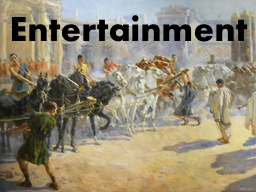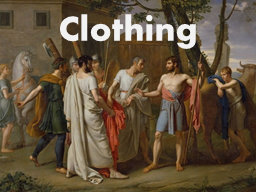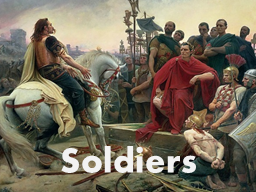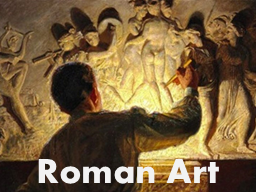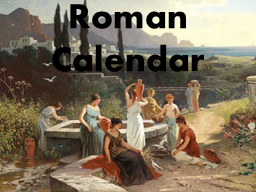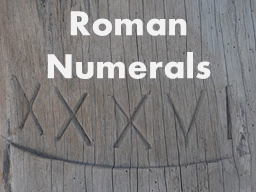School
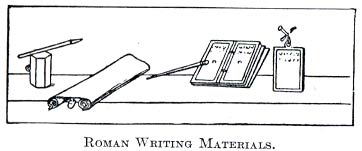
Only children from wealthy families went to school. Poor families needed their children to help work. Schools were not free. Poor families could not pay the tuition. Often children from poor families were taught by their parents at home.
Some Roman families paid school masters to teach their children. The school year started on March 24. Schools were usually just one room. There were about twelve students in a class. Often the teachers were Greek slaves. The Romans thought the Greeks were smart.
Children used wax tablets. They would scratch words or numbers in the wax with a pointed stick. Roman books were on rolls of paper called scrolls. Each end of the paper was attached to a rod. The reader had to unroll each page to read the book. People used small reeds to write on the scrolls. The ink was made from a kind of tar called pitch or from an octopus.
School lasted until the children were about age 11. A few boys would continue to go to school, but girls went home to learn how to run a home. The boys of the wealthy class continued school. They attended a "grammar" school. There they learned Latin, Greek, grammar, and literature. At age 16 some boys continued their education. They attended classes to teach them how to be good public speakers.
Children of very wealthy families were taught at home by tutors.
Toys
At the end of the school day children loved to play games. Roman children played with the following toys:
- rattles
- scooters
- jump rope
- yo-yos
- seesaws
- swings
- kites
- dolls made from wax or clay - Some had jointed legs and arms.
- balls
- board games
- hobbyhorses
- carts hitched to goats, ponies, or dogs
- models of animals and people
- hoops with pieces of metal on them like bells
- stilts
- weight lifting
The following games were also enjoyed:
- tic-tac-toe
- knucklesbones - similar to jacks except with bones
- boys played war with wooden swords
- leapfrog
- odd or even - One child held stones in a closed hand. The other guessed if the objects were an odd or even number.
Pets
Dogs were the most common pet. Other pets included birds, monkeys, and cats.
Families
In early Rome, each family from children up to grandparents lived in one home. The head of the family was the oldest male. The head of the household had authority even over the grown members of the family. Women had no authority. The role of the woman was to take care of the children.
During the first century AD, family life changed. Women had more rights. Women could own land, run businesses, free slaves, make wills, be heirs, and get jobs.

Marriage
Youths married when the male was at least 14 and the female 12 years old. They could not be closely related. Even fourth cousins or relatives connected only through marriage would not be allowed to marry. Prior to the wedding ceremony, consent was shown in a public place. This could be done by holding hands. An engagement ring was usually given. It was worn on the third finger of the left hand because the ancient Romans believed that a nerve ran from this finger directly to the heart. Women brought slaves, clothing, jewels, and furniture into the marriage. After marrying, these items belonged to the husband.
On the night before her wedding day, the bride gave her bulla, birth locket to her father, and gave her toys to members of the family.
The wedding dress was long. It was tied around the waist with a belt in the "knot of Hercules." Only the husband could untie the knot. A veil topped with a wreath of flowers was also worn.
The ceremony was held at the bride's father's house. Guest were invited to witnesses the ceremony. The bride showed consent by holding hands during the ceremony. The bride also chanted the words "When and where you are Gaius, I then and there am Gaia." After the chant an offering was made to the god Jupiter. It was usually a cake. The cake was offered to Jupiter by the priest, and then eaten by everyone. After the ceremony there was a dinner at the bride's house. After dinner the bride was escorted to the husband's house. Nuts were thrown during this procession. In front of the open door the bride once more recited the consent chant. The groom carried his bride over the threshold. The bride lit a fire inside with a "marriage" torch. The torch was then blown out and tossed among the guest.








